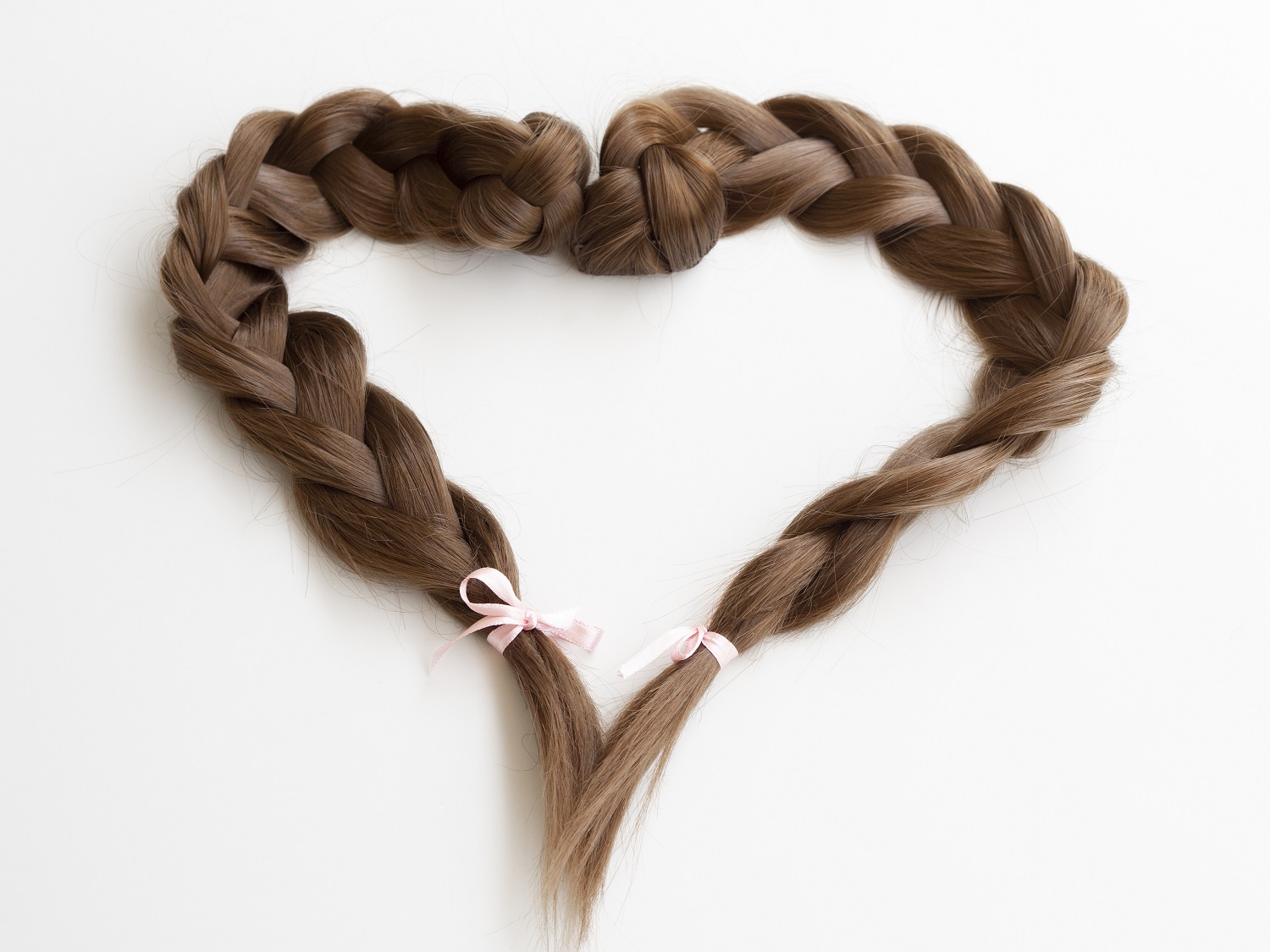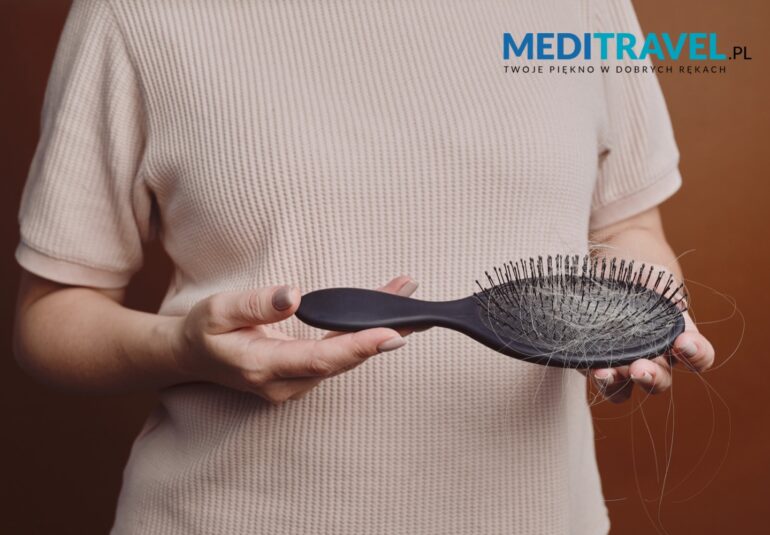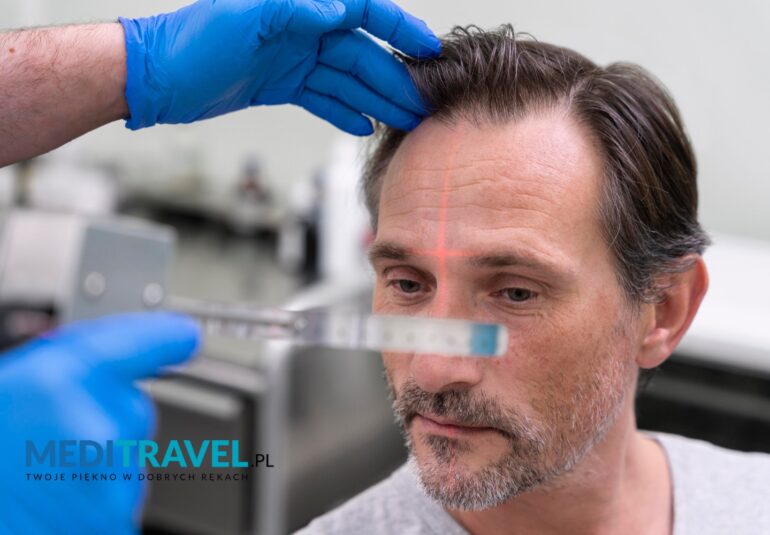
Hair structure – what is hair made of?
Straight, curly, red, black blonde – hair. We look after it, care for it, give it styling and beauty treatments, but we rarely know how it is structured. However, we rarely know how our hair is structured. The structure of hair is very interesting and determines the condition of our hair. What is the structure of hair? What is important to know about it? Here are the most important facts.
Where does the hair grow?
The growing of a hair takes place in the hair root. The follicle is part of the hair follicle, which is the structure that covers our entire body. Only the palms of the hands and the soles of the feet, which are hairless, are devoid of follicles. On the head alone, the number of follicles ranges from 100 to 150 thousand and remains unchanged until the end of our lives. Follicles are composed of epidermal part, connective tissue and hair muscle.
How is hair constructed?
When most of us think of hair, we think only of what is visible to the eyes. The more discerning also know that hair consists of a bulb. However, the structure of hair is much more complicated. It is made up of several parts, which include the chemical, biological, follicle and hair structure.
The easiest way to describe the structure of hair is to look at its cross-section from the inside. The core, cortex and cuticle are the layers of the hair. It is worth noting, however, that not every human being has a core. This is only found in very thick hair. This means that the cortex is the basis of hair structure. It takes up about 80% of the mass. It is formed from keratinised cells. The outer layer of hair is made up of cuticles, which are flat and colourless cells. The scales are there to protect the hair from damage and unfavourable weather conditions. They are also responsible for hair’s density and shine. The better the condition of the cuticle, the better the appearance of the hair.
Biological structure of hair
The structure of hair is often discussed in biological terms. In this case, two conventional parts are distinguished. The first is the stalk on the surface of the skin, the second the root in the skin. The latter is located in the centre of the follicle and ends in the bulb, which is connected to the papilla at the bottom. The hair grows from the bulb, while the papilla connects the tissues and transports nutrients to the bulb. Destruction of the papilla means that the hair is also destroyed – it cannot be rebuilt.
Chemical structure of hair
Chemically speaking, hair consists of proteins, water, pigments, minerals and lipids. These substances influence, among other things, the colour of the hair and its structure. The process that takes place in them is the production of hard creatine in proteins. It is produced in the epidermis by cells called keranocytes. Depending on the cystine content of creatine, hair is either straight, wavy or curly. The pigment melanin is responsible for the colour of hair. It is formed in the hair matrix by melanocytes. In this context, it is important to note that there are two types of melanin in hair and each one is responsible for a different colour of the hair: Eumelanin is responsible for the dark, black or brown colour of hair and pheomelanin for the red colour. When the hair matrix stops producing melanin, it turns grey.
How does hair grow?
A fully formed hair is a formation made up of dead cells. These live according to a so-called hair cycle. This cycle consists of three chronological phases. The first is the anagen phase, during which the hair actively grows. It lasts from 2 to 6 years. For many people, this seems like a very long time. However, it is important to remember that hair grows slowly – approximately 0.3 -0.4 mm per day. Studies have shown that the fastest growth rate is in summer, during sleep and after puberty. A healthy lifestyle based on a balanced diet rich in protein, cytokines, macroelements and vitamins also contributes to faster hair growth. The growth can also be accelerated with massages of the upper skin, cosmetics and supplements acting on hair from the inside.
The next phase is the involution one. It occurs from 2 to 4 weeks. The last phase of the hair’s life is the telogen phase, i.e. dying and loss of hair. During its life, this cycle is repeated about 20 times.
Hair structure and baldness
It can happen that, during the growth of the hair, adverse changes occur which hinder this process. These are called pathological changes. They lead to excessive hair loss, which can result in baldness. Both changes leading to hair loss and changes in the structure of the hair may be responsible. Unfortunately, in many cases, damage, especially warts, means the destruction of a strand – it can no longer be rebuilt with diet or cosmetics. In such situations the only “cure” is a hair transplant. It is recommended for people suffering from various types of baldness, as well as those who lost their hair as a result of an accident, injury or illness. Hair transplantation makes it possible to rebuild the hair effectively.



